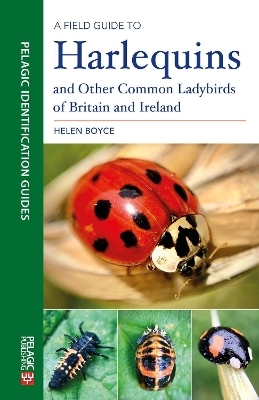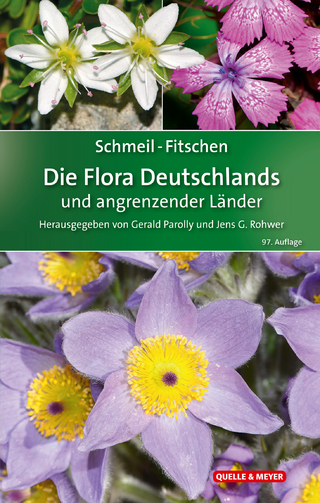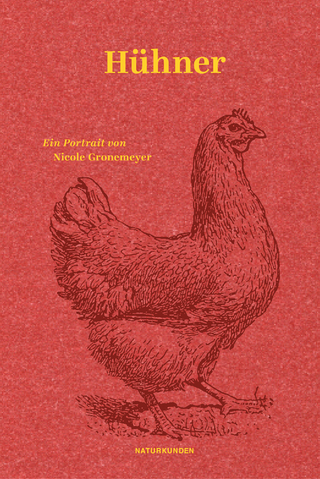
A Field Guide to Harlequins and Other Common Ladybirds of Britain and Ireland
Pelagic Publishing (Verlag)
978-1-78427-244-9 (ISBN)
The invasive Harlequin ladybird is an eye-catching and beautiful species, but it can be very difficult to identify, with huge variation in colouration and pattern. This comprehensive photographic field guide is the first complete guide to identifying Harlequin ladybirds found in Britain and Ireland. It also covers all the other 25 conspicuous ladybird species that occur.
Detailed, informative and beautifully illustrated with more than 350 remarkable colour photographs including ladybird developmental time sequences and numerous images of each ladybird species
Ground-breaking quick key for Harlequin identification
Includes a photographic guide to the larvae of all 26 species – the first of its kind
Easy to follow comprehensive descriptions and explanations of ladybird lifecycles and habits
This clear, user-friendly field guide is ideal for anyone interested in learning how to identify a Harlequin ladybird, from beginners to more experienced entomologists, students and professionals. This book is ideal for learning to recognise and understand this charismatic and significant beetle.
Helen Boyce has a lifetime of experience photographing and studying British wildlife. She has worked with wildlife groups and conservation organisations, as well as giving lectures and leading educational walks. She has a fresh and inspiring way of approaching and teaching a subject and is naturally driven to share her knowledge and experience in an accessible way that inspires others to learn more about the fascinating natural world of wildflowers, grasses and insects.
Foreword by Helen Roy and Peter Brown
Introduction
The Harlequin ladybird: how and when it arrived
-Where and when to find Harlequin ladybirds
Characteristics of a ladybird
The lifecycle of a ladybird
-Eggs
-Larvae
-Ladybird larvae of Britain and Ireland
--How to recognise a Harlequin larva
-Pupae
--How to recognise a Harlequin pupa
-Adult ladybirds
--The newly emerged adult
--Overwintering
--Spring emergence
Protection, predation and parasites
Food
How to recognise a Harlequin ladybird
1. Introduction to Harlequin colour forms
2. Only Harlequins have two ‘shoulder spots’
3. Harlequins never have white ‘angel wings’
4. Harlequins are 5–8 millimetres long
5. The only black ladybird that has full, round white ‘cheeks’ is the Harlequin
6. The Harlequin’s pronotum is always black and white/cream
7. The Harlequin’s pronotum markings
8. Harlequin spots and patterns
9. Harlequins do not have white spots on their wing cases
10. Harlequin leg colour
11. Harlequin underside colour
12. Harlequins can have tiny rear ‘pinched’ dimples and ridges
13. Harlequins have a lip on the elytra
Key to identifying whether or not a ladybird is a Harlequin
Conspicuous ladybirds of the British Isles
Other Harlequins
How to record your sightings
Glossary
Further reading and references
Photographic credits
Index of non-Harlequin photos
| Erscheinungsdatum | 10.05.2021 |
|---|---|
| Reihe/Serie | Pelagic Identification Guides |
| Zusatzinfo | 4 Line drawings, black and white; 372 Illustrations, color |
| Verlagsort | Exeter |
| Sprache | englisch |
| Maße | 140 x 216 mm |
| Gewicht | 225 g |
| Themenwelt | Sachbuch/Ratgeber ► Natur / Technik ► Naturführer |
| Naturwissenschaften ► Biologie ► Zoologie | |
| ISBN-10 | 1-78427-244-2 / 1784272442 |
| ISBN-13 | 978-1-78427-244-9 / 9781784272449 |
| Zustand | Neuware |
| Haben Sie eine Frage zum Produkt? |
aus dem Bereich


